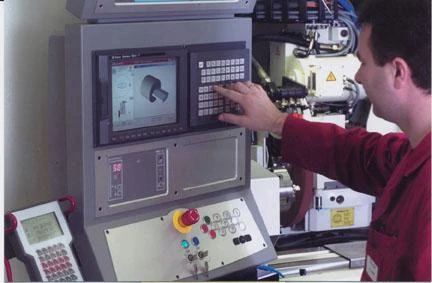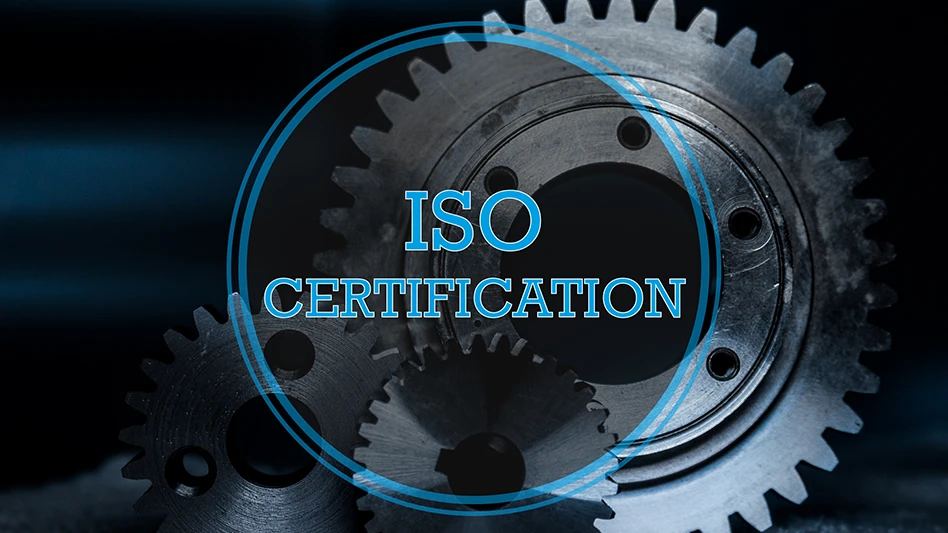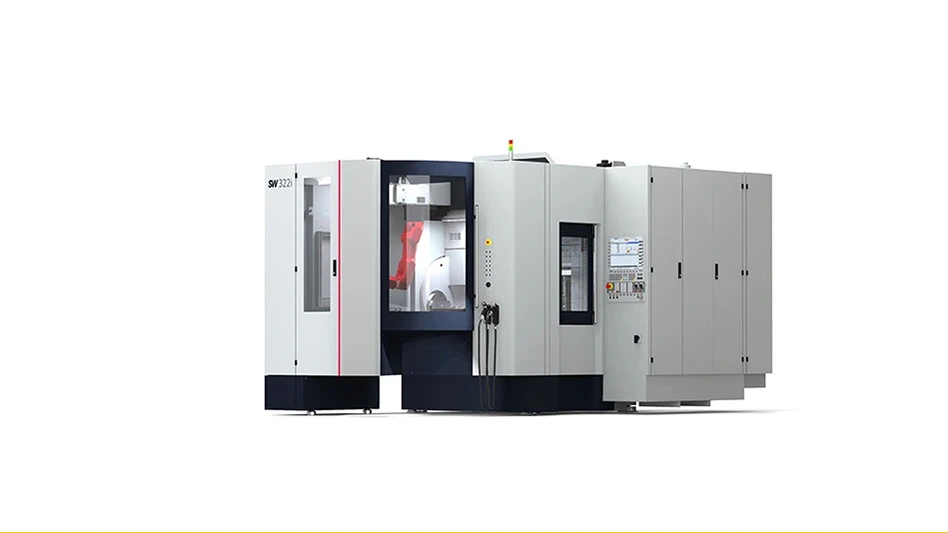
Thanks to the StuderGrind programming system, medical and dental shops respond to request for quotes (RFQs) with confidence they can actually make parts involved, meet all RFQ requirements, and profit on the job. It also alerts these shops to those jobs they shouldn't quote and gives reasons why.
With the system, shops use customersupplied data, such as DXF files, to make graphic representations of grinding machines and necessary tooling. The system's database includes important types of wheel dressers and complete details of common grinding wheels for a variety of applications and materials.
After tooling, grinding wheels move "virtually" to their working positions. Operators then mark out working areas to ensure wheels reach them and to establish dresser positions. Upon project feasibility, operators calculate processing time through a functioning grind program created from the manufacturer's
Pictogramming technology. After data applicable to material type and hardness, grinding wheel properties, machine speeds, and other factors is entered, the system displays total processing time, including down, feed, and dressing times.
Operators then download data and drawings to a PC workstation connected to a grinder. They enter grinding wheels and dressers, and the machine is ready to run.
United Grinding Technologies
Miamisburg, Ohio
grinding.com
Circle 56

Explore the May 2005 Issue
Check out more from this issue and find your next story to read.
Latest from Today's Medical Developments
- Tariffs threaten small business growth, increase costs across industries
- Feed your brain on your lunch break at our upcoming Lunch + Learn!
- Robotics action plan for Europe
- Maximize your First Article Inspection efficiency and accuracy
- UPM Additive rebrands to UPM Advanced
- Master Bond’s LED415DC90Med dual-curable adhesive
- Minalex celebrates 60 years of excellence in miniature aluminum extrusions
- Tormach’s Chip Conveyor Kit for the 1500MX CNC Mill





